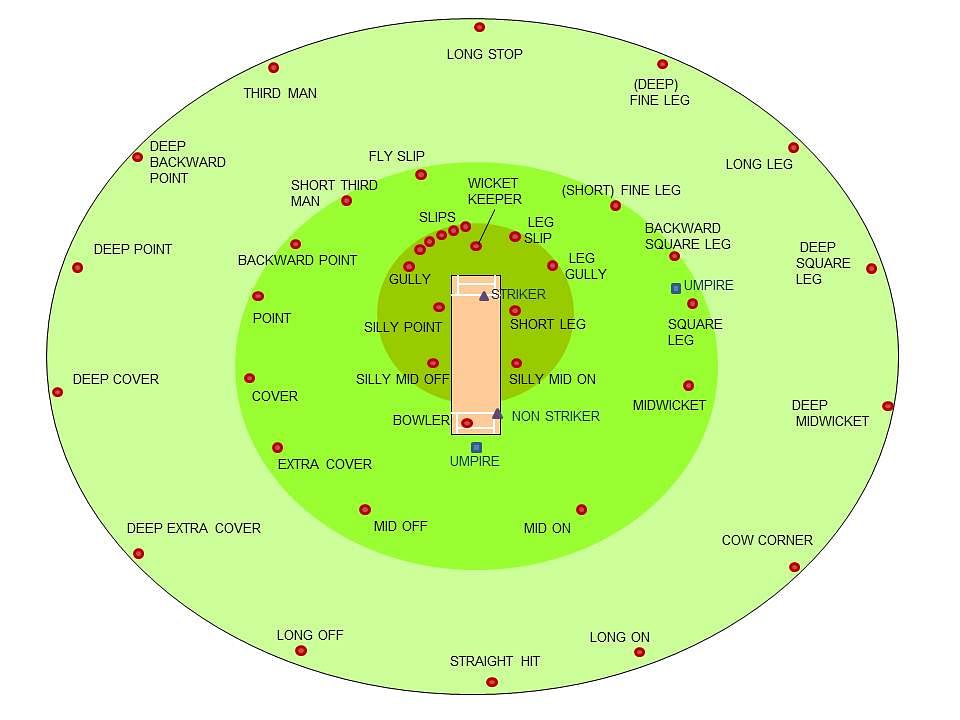Know How Did The Cricketing Fielding Positions Get Their Names
Unveiling the Origins: How Cricketing Fielding Positions Earned Their Names

Cricket is a game steeped in tradition and history, with its unique terminology adding to its charm. One aspect that often piques curiosity is the naming of fielding positions. From silly mid-off to deep backward square leg, each position has a story behind its name, reflecting the evolution of the game and its strategies over time.

-
Slips: The term "slips" originates from the early days of cricket when fielders stood close to the wicket-keeper in a slip-like formation. Initially, slips were positioned directly behind the batsman to catch any deflections off the edge of the bat.
-
Gully: Positioned beside the slips, the gully is named after the space between two slips, forming a "gully" or gap where catches may go.
-
Point: The point fielder stands behind square on the off side, guarding the area between gully and cover. The name is derived from the historical reference of the fielder being placed at the point of a triangular formation of fielders on the off side.
-
Cover: Cover is positioned slightly off-centre on the off side, covering the area between point and mid-off. The name suggests the fielder covers the region between point and mid-off, protecting against drives and cuts.
-
Mid-off and Mid-on: These positions are located straight in front of the batsman at a medium distance. "Mid" refers to the mid-way point between the pitch and the boundary, and "off" or "on" indicates the off side (right side for a right-handed batsman) or leg side (left side for a right-handed batsman), respectively.
-
Mid-wicket: Situated between mid-on and square leg on the leg side, mid-wicket guards the region where batsmen often play shots off their pads. The name implies the fielder stands midway between the pitch and the boundary on the leg side.
-
Silly Point and Silly Mid-off: These positions are very close to the batsman, almost within touching distance, and are named for the risky nature of fielding there. "Silly" suggests that it can be perilous due to the power of the batsman’s shots.
-
Deep Square Leg and Deep Fine Leg: "Deep" indicates these fielders are stationed far back on the leg side, close to the boundary. "Square leg" and "fine leg" refer to their positions relative to the batsman's body, with square leg more towards square of the wicket and fine leg finer towards the leg stump.
-
Third Man: Positioned behind the batsman on the leg side, third man is named after the historical practice of having fielders placed at different points around the field, with first man and second man closer to the batsman and third man at the boundary.
-
Long Off and Long On: These positions are stationed on the boundary, far from the batsman, and are named based on their distance from the pitch and their placement on either side of straight mid-off and mid-on.
Understanding the origins of fielding positions not only adds depth to one’s cricketing knowledge but also showcases the rich history and evolution of the sport. Over time, as strategies and playing styles have evolved, so too have the names and placements of fielding positions, reflecting the dynamic nature of cricket as a game cherished for its intricacies and traditions.



